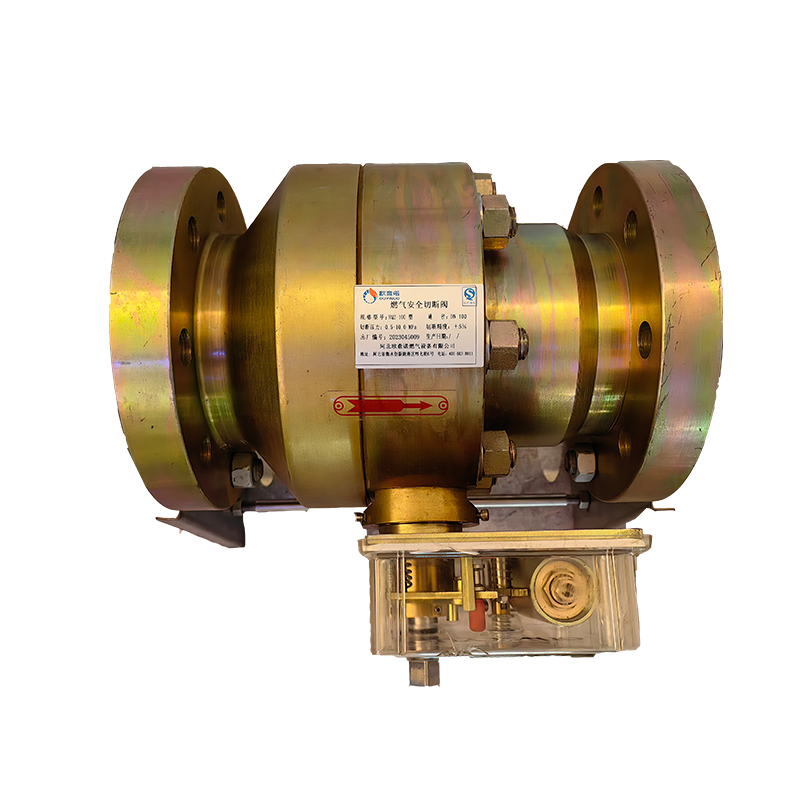
Nov . 13, 2024 00:21
Back to list
electric regulating valve
Understanding Electric Regulating Valves Function and Applications
Electric regulating valves play a crucial role in various industrial applications by controlling the flow of fluids, gases, or steam. These valves are designed to automatically adjust the flow rate according to predefined parameters set by controllers, ensuring optimal performance in processes that require precise flow management.
At its core, an electric regulating valve consists of a valve body, an actuator, and a positioner. The valve body is where the fluid flow takes place, employing a mechanism such as a globe, ball, or butterfly valve to modulate the flow. The actuator, usually electrically powered, moves the valve components to achieve the desired position based on electrical signals. The positioner serves to enhance the valve's responsiveness and accuracy by receiving control signals and adjusting the actuator accordingly.
One of the primary advantages of electric regulating valves is their ability to provide precise control over flow rates. This precision is essential in processes where specific flow conditions are vital, such as in chemical production, water treatment plants, and HVAC systems. By maintaining the desired flow, these valves help optimize processes, enhance safety, and improve overall system efficiency.
Electric regulating valves are particularly beneficial in applications that require frequent adjustments. Unlike their manual counterparts, which can be labor-intensive and time-consuming, electric valves can be automated and integrated into larger control systems. This automation allows for real-time adjustments based on changes in system parameters, such as pressure and temperature, leading to improved operational flexibility and reduced downtime.
electric regulating valve

The integration of electric regulating valves into digital control systems has ushered in a new era of process control. With advancements in technology, features such as remote monitoring and control, integration with SCADA systems, and data logging have become standard. These capabilities enable operators to analyze trends, predict maintenance needs, and make informed decisions to enhance operational efficiency.
Moreover, electric regulating valves contribute significantly to energy efficiency. By optimizing flow rates, these valves help prevent energy losses that can occur due to over-pumping or excessive pressure drop. In industries where energy costs are a significant concern, adopting electric regulating valves can lead to substantial cost savings and a smaller carbon footprint.
However, like all technologies, electric regulating valves come with their challenges. Proper selection, installation, and maintenance are critical to ensuring their reliable operation. Factors such as the fluid characteristics, pressure and temperature conditions, and specific application requirements must be carefully considered.
In conclusion, electric regulating valves are vital components in modern industrial systems, providing precise control over flow rates, enhancing energy efficiency, and promoting automation. Their implementation leads to improved process control, reduced operational costs, and increased safety. As industries continue to evolve and focus on sustainability, the role of electric regulating valves is likely to become even more significant, making them indispensable tools in the quest for efficient and effective process management.
Next:
Latest news
-
Safety Valve Spring-Loaded Design Overpressure ProtectionNewsJul.25,2025
-
Precision Voltage Regulator AC5 Accuracy Grade PerformanceNewsJul.25,2025
-
Natural Gas Pressure Regulating Skid Industrial Pipeline ApplicationsNewsJul.25,2025
-
Natural Gas Filter Stainless Steel Mesh Element DesignNewsJul.25,2025
-
Gas Pressure Regulator Valve Direct-Acting Spring-Loaded DesignNewsJul.25,2025
-
Decompression Equipment Multi-Stage Heat Exchange System DesignNewsJul.25,2025

